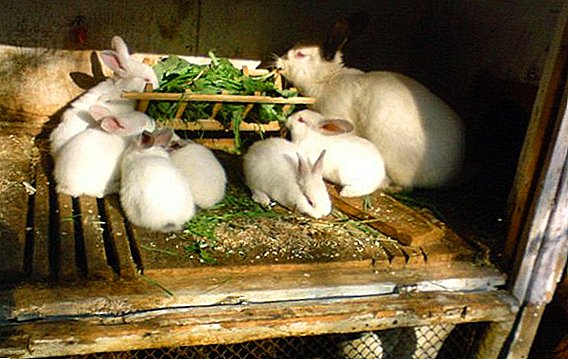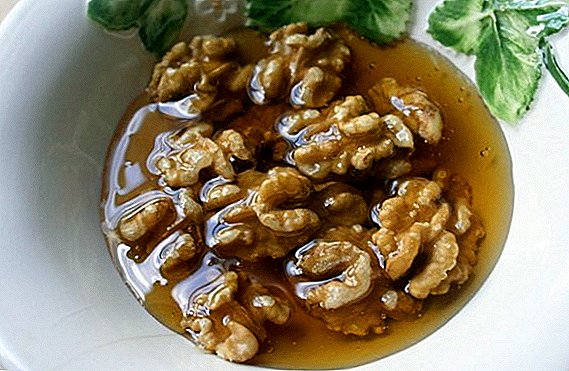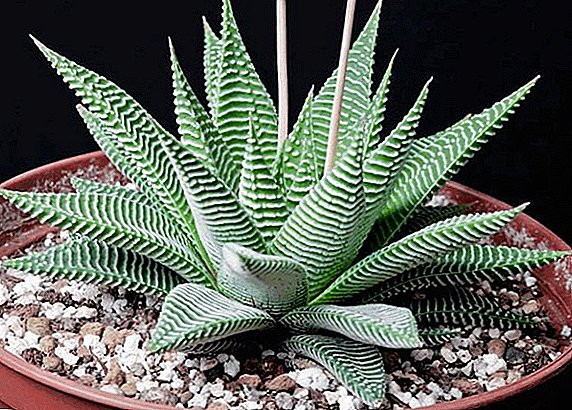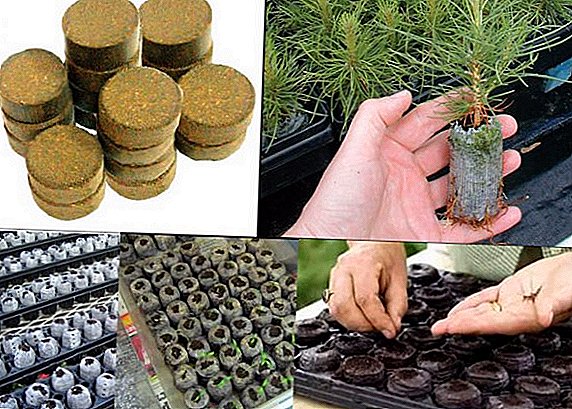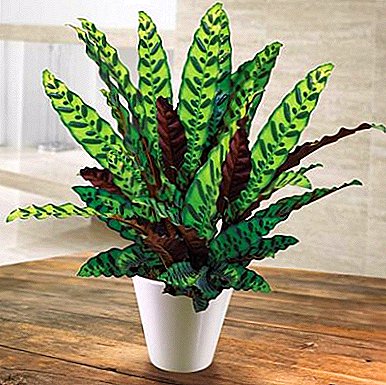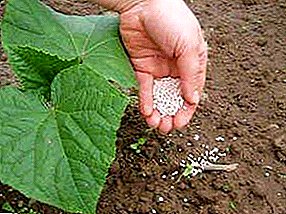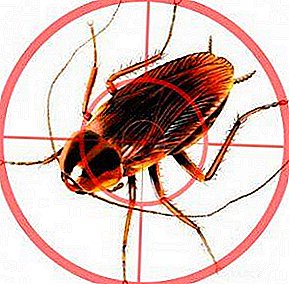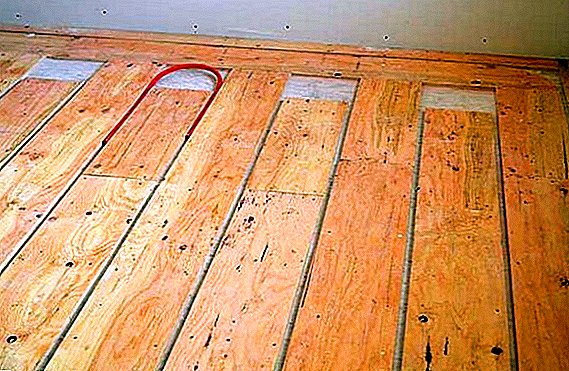 A long period of cold weather is one of the weighty factors influencing the choice between the warmed and ordinary floor. Cold floors cause climatic discomfort and can be a source of damp, as well as increase the cost of heating the room. An unheated room gives up to 15% of heat through the floor. Cold floor - the cause of frequent colds in adults and children. To improve the microclimate and reduce the risk of colds, the floor must be warmed.
A long period of cold weather is one of the weighty factors influencing the choice between the warmed and ordinary floor. Cold floors cause climatic discomfort and can be a source of damp, as well as increase the cost of heating the room. An unheated room gives up to 15% of heat through the floor. Cold floor - the cause of frequent colds in adults and children. To improve the microclimate and reduce the risk of colds, the floor must be warmed.
The choice of material insulation
Modern construction technologies offer two ways to solve the problem: the creation of a double system and the laying of "warm floors". A dual system is a floor consisting of a draft and a finishing coating. 
Insulation is laid between these layers: sand, expanded clay, other material. For high-quality insulation, you can purchase a variety of materials, but you should consider their features and basic requirements for insulation. The main parameter in the selection will be thermal insulation properties.
Modern insulation can be:
- slab - polystyrene foam, foam plastic, mineral wool;
- roll - isofol, mineral wool of lower density;
- loose - expanded clay, sawdust, sand;
- liquid - ecowool, liquid polyurethane foam, liquid foam.
The choice of the type of insulation depends on where it will be used: on the floor, on the walls, on the roof, etc.
Insulation Requirements:
- strength and durability;
- heat resistance;
- resistance to aggressive environment and moisture;
- low thermal conductivity.

Durability provides wear resistance of insulation that must withstand the load of the floor covering and installed furniture. Since the material will always be between the cold coming from the ground and the heat of the room, it must be resistant to temperature changes.
Important! It is not recommended to use sand for warming at too high humidity of air or soil on which the building is constructed. Moisture absorbing materials must be ventilated in order to release moisture to the atmosphere, otherwise condensation that accumulates will cause mold.
Styrofoam
Granular expanded polystyrene, which is also called polystyrene foam, is used less frequently than other heat insulators. It consists of expanded polystyrene granules. Refers to a group of plate insulation.
The disadvantages of foam:
- the material has a small density and, accordingly, a small strength;
- vulnerable to rodents;
- has high thermal conductivity.

Of the advantages of the material can be noted its low cost and non-toxicity. The material is easy to install, fireproof, has good sound insulation characteristics.
For arranging a private house, it will be useful for you to find out how best to process wood, how to insulate the basement of the foundation outside, how to sheathe the door, how to sheathe the walls with plasterboard, how to make a blind area at home, how to make a plasterboard wall, how to equip concrete walkways how to install the outlet.
Penoplex
Penoplex is the improved version of polyfoam. High-quality Penoplex has a porous cellular structure that guarantees excellent thermal insulation properties.
The advantages of the material are:
- excellent thermal conductivity;
- operating temperature range is from +50 to +75 ° С;
- very light, easy to install;
- resistant to pests, molds and microorganisms;
- has a low cost.
The disadvantages include the flammability of the material. 
Expanded clay
Expanded clay is obtained from clay by firing at high temperatures. Feature of the material is that it is well suited for floors on the ground. Placed on a pillow of rubble and sand.
Expanded clay is a cheap insulationwith high strength, noise absorbing properties, low thermal conductivity and high heat resistance.
As material disadvantages, it is noted that it, like mineral wool, absorbs moisture, which reduces its thermal insulation properties. Therefore, on soils with high humidity it is recommended to apply waterproofing.
Important! If you decide to warm the floor with expanded clay, then a layer of fine fraction rubble is poured onto the ground and tamped down to prevent the soil from “pulling up”. And the clay is necessarily poured on a layer of waterproofing. It prevents possible contact with moisture.

Minvata or fiberglass
Mineral wool is one of the most popular modern heaters. It is made of interlaced fibers of glass, slag or rocks.
Advantages of mineral wool:
- low thermal conductivity allows you to better retain heat in your home;
- good resistance to deformation has a positive effect on wear resistance and durability;
- vapor resistance protects the house from moisture;
- fireproof material, because resistant to high temperatures;
- invulnerable to rodents;
- has good noise absorbing properties.
The disadvantage is the reduction of thermal insulation properties with high moisture. Mineral wool with minimal water absorption has a higher cost. In the process of material wear a small amount of toxic dust is formed, which is also considered a disadvantage. 
Rolled varieties of mineral wool have a higher thermal conductivity, can be used on objects with low requirements for thermal insulation.
It will also be useful for you to learn how to make a hipped roof, how to cover the roof with a metal tile, how to make a gable roof, how to make a mansard roof, how to roof the roof with an ondulin.
Cork insulation
Cork insulation is made from cork bark. Form of manufacture - cork slabs. The material belongs to the premium class due to its unique properties of heat insulator, as well as the rarity of raw materials.
Benefits:
- its characteristics do not depend on the level of humidity, temperature fluctuations and other aggressive environmental factors;
- cork insulation is not afraid of rodents and insects;
- is a natural antiseptic that prevents the growth of fungus and mold;
- has a high thermal conductivity;
- it burns badly, so it is distinguished by good fire safety.
The only significant disadvantage of the material is its high cost. 
Did you know? Cork oak - the only plant capable of regenerating bark layers. The unique oak grows up to 200 years. The first harvest of the bark is not removed before the oak is 25 years old. For a year on a tree 6-7 mm of valuable raw material will grow.
Reflective insulation (izolon, penofol)
Izolon is foamed polyethylene. Consists of cells of the closed type. Supplemented with foil coating. It can be both sheet and roll. For insulation using a material thickness of 2-4 mm. Advantages:
- resistant to mechanical stress, which significantly increases its durability - up to 90 years;
- Immune to chemical attack, has a high degree of heat and sound insulation;
- elastic material, resilient with low weight;
- does not absorb moisture and, accordingly, is not subject to rotting;
- safe for humans and the environment;

The disadvantages of the material include its high cost and the need for careful installation, so as not to disturb the insulating layer.
Cellulose insulation (ecowool)
Ecowool is made from the waste of paper and cardboard industry. Raw materials are treated with antiseptics to protect against mold and mildew, as well as insect fire retardants.
Advantages of the material:
- creates a comfortable microclimate, because retains heat well;
- does not contain substances harmful to humans;
- it can be placed even in hard to reach places;
- convenient to install and forms the perfect seamless coating;
- excellent ratio between raw material consumption and price;
- immune to mold and rodents;
- non-flammable.

Disadvantages:
- decreases in volume during operation, therefore, it is recommended to use 20% more material when laying;
- ecowool can gain moisture, and if there is no ventilation, the damp insulation quickly loses its basic properties and begins to rot.
Gypsum fiber
Sheet material made from gypsum using cellulose for sheet reinforcement. The structure is similar to drywall. It can be used for insulation of rooms without constant heating. Unlike drywall, the material is absolutely non-flammable.
Main advantages:
- low thermal conductivity;
- high strength;
- good sound insulation properties;
- material resistant to moisture.

disadvantages
- requires sealing joints with a putty;
- the high density of the material complicates its cutting;
- does not bend.
Learn how to make a fence from a chain-link grid, from a picket fence, from a brick, a braided wooden fence, a fence from gabions, how to install a sectional door.
Fiberglass
Fiberglass is made from a melt of inorganic glass. In order to give the material the required operational properties, limestone, dolomite, soda and other components are added to the main raw materials.
It has the following positive properties:
- high level of strength - the material is stronger than steel;
- resistant to aggressive media;
- has excellent thermal insulation and sound absorbing properties;
- fireproof.
The disadvantage is the loss of the original properties when wet. Fiberglass has no other disadvantages. 
Did you know? Fiberglass is used not only as a heater. In the 30s of the 20th century in Germany, the production of glass fiber glass fiber wallpaper began. Their manufacturer - company Koch GmbH. Wallpapers were made by weaving from glass rods, impregnated with a special composition and painted with paints.
Foam glass
It is made of glass household waste. It has 2 forms: granules and blocks. The main purpose - the insulating material. Now both types of material are used as a heat insulator.
Advantages of foam glass:
- high strength;
- incombustibility;
- high thermal insulation properties;
- good sound insulator;
- easy to install;
- resistance to rodents and other pests;
- environmentally safe.

Disadvantages:
- the most expensive heater;
- low impact resistance;
- foam glass is not susceptible to mold and mildew, but its stability does not protect the floor or wall from mold. Therefore, it is not recommended to use as a heater in rooms with high humidity.
Polyurethane foam
Polyurethane foam is a type of plastic. It has a porous structure. Different types of polyurethane foam have different properties and are applied differently. Thermal conductivity depends on the size of the cells from which it consists.
For solid polyurethane foams, this figure is 0.01 9-0.035 W / m * K. This figure is significantly higher than that of mineral wool or foam glass. 
Material advantages:
- low thermal conductivity;
- good sound absorbing properties;
- resistance to aggressive chemicals;
- does not absorb moisture;
- difficult to ignite;
- durability;
- safety for human health;
- well "sticks" to any materials;
- does not need additional fastenings;
- easy, does not make heavier a surface;
- perfectly seals any gaps.
The disadvantage of the material is exposure to ultraviolet radiation. But since we are talking about floor warming, this drawback is not significant.
Did you know? Polyurethanes surround us everywhere. They are used in the manufacture of clothing and furniture; in construction and heavy industry. Polyurethane - material that can be recycled countless times. Thus, products made from this material, being worn out and fulfilling their tasks, are recycled and again bring benefits.

Step by step instructions for wood floor insulation
The main purpose of insulation is to reduce heat loss. It is sometimes advised to apply rolled insulation on the surface of the “old” floor that already exists in the room and lay a new one on top of the insulation.
The problem with this solution may be that the layer of boards under the insulation will be exposed to water vapor.
Not being able to "give moisture" to the atmosphere, it will become unusable quickly, so you need to follow the installation technology and remove the old one, conduct an audit of the state of the logs with the replacement of worn boards.
For arranging the dacha plot, learn how to make a sofa out of pallets, how to choose garden sculptures, how to make a decorative waterfall, garden swing, fountain, brazier made of stone, a bed of stones.
The old way - the system "double floor"
The old popular method of floor insulation was that between the finishing and the draft layer was made of the substrate insulation. 
The sequence of actions during the installation was as follows:
- Laying boards of a subfloor.
- Backfilling insulation mixture.
- Laying insulation material.
- The device is a finishing layer.
Rough floor device
The main task of the draft layer is a uniform load distribution. The draft layer is installed on the logs. Lags were mounted on the supports of brick or concrete.
A waterproofing layer of roofing felt was laid on the pillars, on top of which a wooden plate 30 mm thick was attached. Between the supporting pillars a cushion of rubble and sand was poured into the pit.
The timber that will be used for lags was treated with an antiseptic. Laying lag was performed on the support pillars with a distance of 40-50 cm between them. In the event that the placement of a heavy object, such as a gas boiler or stove, was planned, the lag increment was reduced.
Warming and ventilation of a rural floor: video The accuracy of the installation was checked by level.
The floorboards were laid flush on the logs. For convenience of fastening, cranial bars were nailed to the lags, to which the boards of the draft layer were fastened. The resulting gaps were sealed with a putty.
Insulating mixture filling
The role of the insulating mixture played clay or sand. Preference was given to expanded clay, as a more convenient material: it is better treated with oxygen, gives away moisture and is light in weight faster, also absorbs noise well, and has good thermal insulation properties.
Medium fractioned claydite with a diameter of 10-20 mm was used as insulation, which was laid in a layer of about 10 cm. 
Laying insulation material
The described floor laying scheme required additional insulating layers. Laying chipboard plates on top of expanded clay ensured layer stability and served as an additional insulator. The plates were laid butt and fastened to the logs. And laying of a layer of roofing material under expanded clay provided a good waterproofing of a wooden coating.
Finishing layer device
Boards for a clean floor before laying polished and treated with linseed oil. Laying the finishing layer started from the window. Between the extreme boards and the wall left a small gap to ensure air exchange.
Boards fit tightly, without gaps between them. The resulting gaps were sealed with a putty. The gap at the wall was covered with a plinth. The finished floor has been painted or varnished. 
Did you know? The most ancient completely wooden construction existing today is the Japanese temple of Khorju-ji - it is about 1400 years old.
Modern insulation
Modern technology of laying double floor is distinguished by high-quality insulators with preservation of the basic installation technique.
The technology of installation of the warmed floor consists of the following sequence of actions:
- Mounting lags.
- Laying the insulation layer.
- Laying vapor barrier layer.
- Shield fasteners.
- Laying and fixing the flooring.
Mounting lags
Lags for a floor are mounted on basic columns. Modern logs are made in the form of a letter T. This form allows you to fix the floor boards to the logs without any accessories. 
In the old technology to give the board of this form were filled with special additional bars. Lags are set in 40-50 cm increments.
Laying the insulation layer
The task of the insulating layer is to reduce heat loss (prevention of heat outflow from the heated surface into the concrete base or into the ground). The main requirement for the heat insulator - low thermal conductivity and moisture resistance.
Heat insulator can be expanded polystyrene, mineral wool, cork insulation, izolon and other materials. Insulation is laid between the lags. It is necessary to provide full coverage, including in hard-to-reach places. Possible clearances can be blown out with mounting foam.
Laying the vapor barrier
If the insulation is made of materials that can absorb moisture, it is recommended to make a layer of vapor barrier on top of the insulation. 
As a vapor barrier can be used:
- vapor barrier film;
- film with aluminum foil;
- membrane film.
The task of the vapor barrier is to preserve the insulating properties and durability of the insulation. Vapor barrier is laid on the supporting frame of the sub floor with overlap and fastened with a construction stapler.
Important! It is important that the vapor barrier is laid in the correct direction, namely: the reflective surface should be directed upwards, towards the room.
Shield fasteners
The next to last layer will be plywood or OSB-made shields.They are laid over the vapor barrier and fastened to the logs with nails.
Laying and fixing the flooring
The first floor board is mounted by the window, opposite the entrance to the room. Between the wall and the board, a gap of 10-15 mm is left, this is due to the fact that the wood expands and tapers depending on the humidity of the air. 
Boards are laid together as tightly as possible and fastened with screws to shields. After laying it is necessary to carry out cycling and polishing the surface, followed by opening with varnish or paint.
A plinth is installed around the perimeter of the room for fixing the floor and refining the joint between the wall and the floor. Boards must be pre-treated with antiseptic.
Whatever type of warm floor you choose, any of them will improve the overall atmosphere in the room and protect people in the winter time from hypothermia and acute respiratory diseases. Making the floor with your own hands is real.
For this, only time, money and compliance with the technology of laying materials are needed.
Feedback from network users




